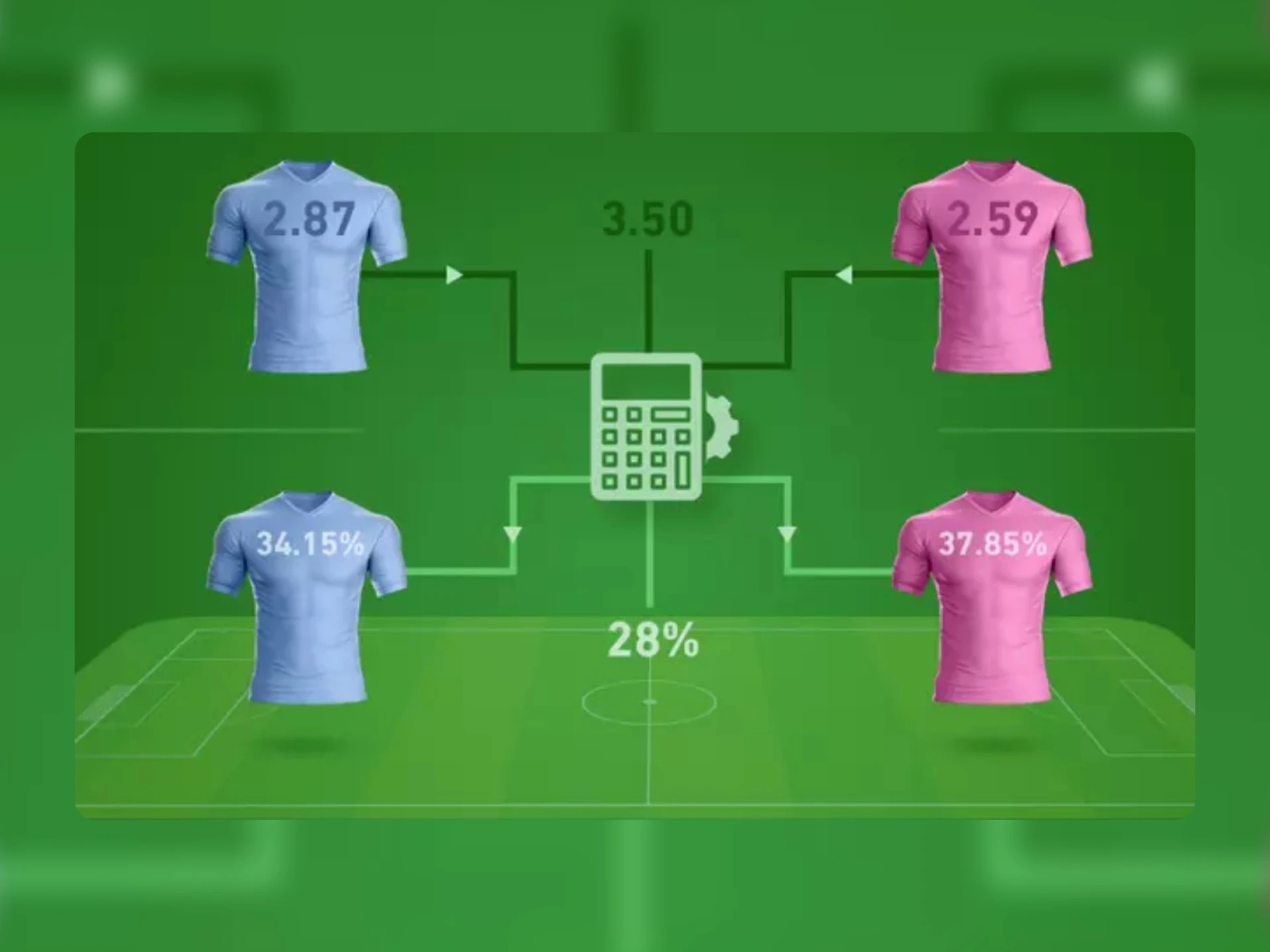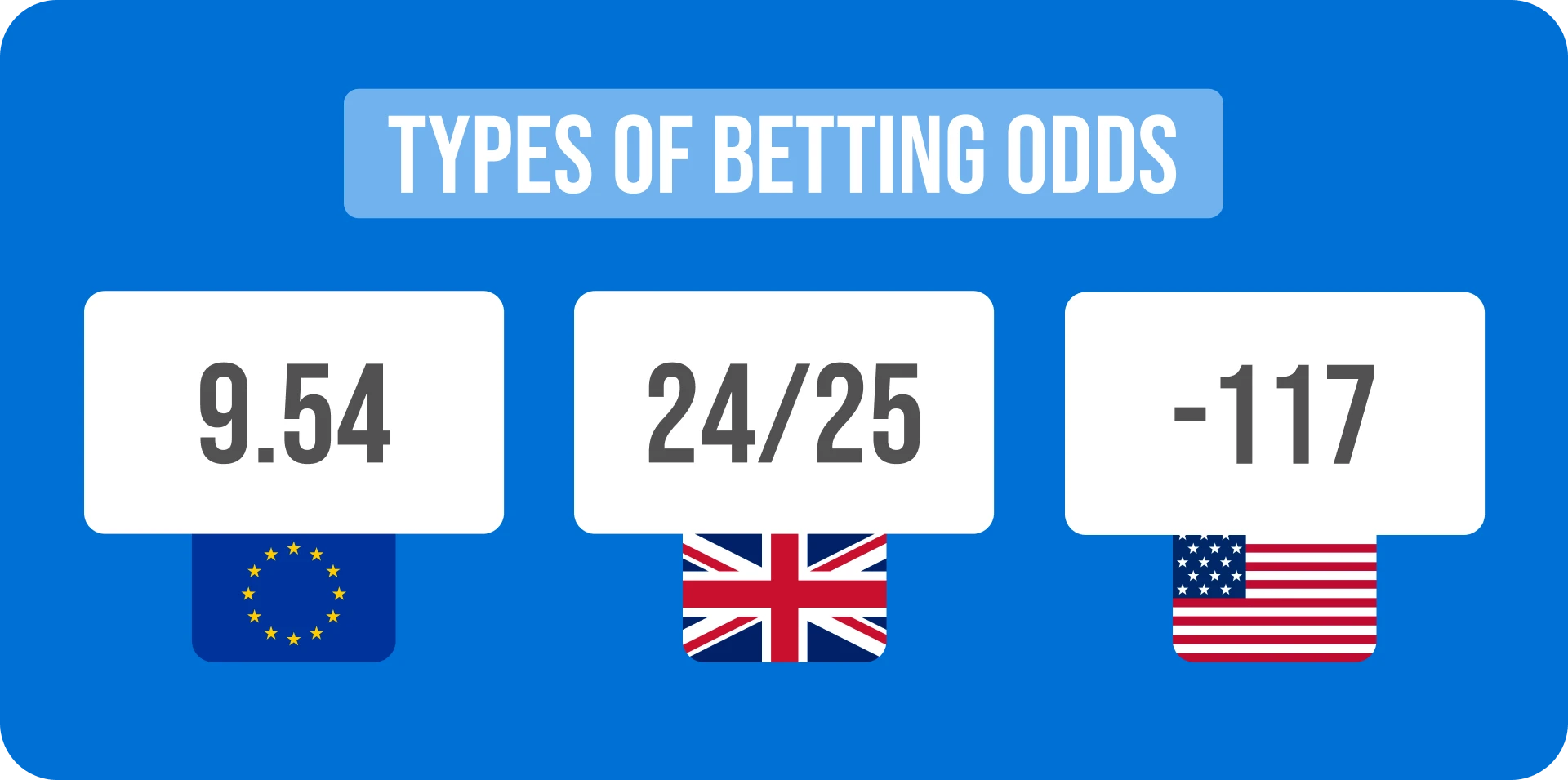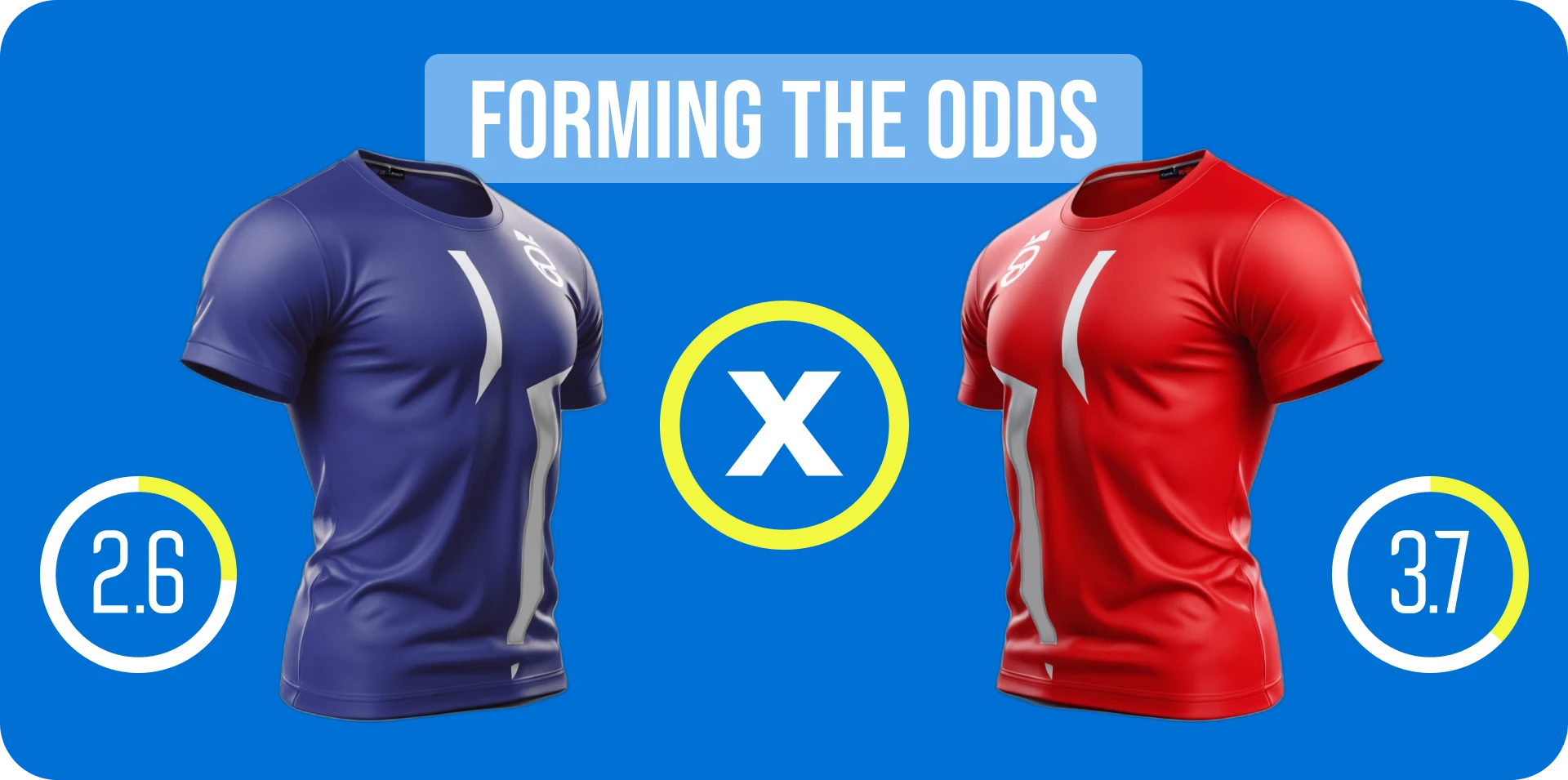Updated:
The Process of Forming the Odds
Conditionally, the process of forming odds can be divided into several stages:
- Statistical analysis of sports event data.
- Forecasting cash flows.
- Determination of the margin size.
Let’s consider these stages in more detail.

Statistical Data Analysis
The first stage of odds formation is a comprehensive analysis of the sports event. It involves evaluating various statistical factors related to a specific sport or competition:
- Wins and losses of teams against each other;
- Wins and losses of each team in championships and competitions, both for the current season and retrospectively for several years;
- The number of different game situations (free kicks, penalties, yellow and red cards, corner kicks, etc.), as well as the percentage of their realization, etc.
Specialized experts, who are experts in a particular sport, conduct this analysis. Their main task is to determine the probability of the outcome of a particular sports event based on statistical data. Factors such as the psychological state, physical condition, and injuries of key players are always taken into account.
During the analysis of statistical data on a sports event, specialized software designed to work with large amounts of information is widely used. The programs, along with their corresponding databases, can also be used by players to determine the probability of an event outcome.

IMPORTANT! There are also programs that can assist bettors in assessing the probability of sports event outcomes. With these programs, you can compare the odds provided by different bookmakers and identify arbitrage opportunities. The most popular programs of this type include Surebet, Allbestbets, and Positivebet.
Forecasting Cash Flows
This stage is extremely important for a bookmaker because it determines the number of bets on sports events, also known as the line. It also partially affects the size of the odds. The calculation is carried out by specialized software that takes into account the following factors:
Prediction Database
Every modern bookmaker maintains a database where odds and outcomes of sports events, as well as the amount of money wagered by players on each outcome, are stored. Forecasting is based on information from a set of similar sports events.
Demand/Popularity of the Sports Event
This factor determines the demand for a particular sport and sports event. Based on this information, the volume of bets that may be placed is forecasted. Key sports events undergo a deeper analysis to estimate the approximate number of players who will bet on each outcome.
Market Analysis
Every bookmaker constantly monitors the betting market, comparing data with competitors.
IMPORTANT! This stage provides information that forms the basis for setting the margin.
Determining the Margin
The margin is a commission expressed as a percentage of the bet amount that the bookmaker adds to each possible outcome to remain profitable regardless of the volume of bets.
Example of Margin Calculation
Assuming the outcome of a sports event is equal for each team, meaning the probability of winning is 50%. If the margin of the bookmaker is 6%, it is also evenly distributed among the probabilities of winning for each team, making it 53% for each. Consequently, the odds are calculated as follows: 1/0.53 = 1.887. Without the margin, the odds would be 2.
IMPORTANT! Why should a player understand the principle of odds formation using the margin? The answer is simple — to be able to assess the probability of a team winning based on the odds provided by the bookmaker.
Most modern bookmakers operate with margins ranging from 2% to 7%. Moreover, its size directly depends on the popularity of the sports event. For top-level competitions, where there is a large volume of information for outcome analysis and a significant amount of money is used for betting, the margin is significantly reduced. Conversely, lesser-known competitions of local leagues, which are difficult to predict due to the scarcity of information, are characterized by an increase in the margin on betting odds.
Summing Up
By analyzing the odds set by multiple bookmakers for various sports events, a player can confidently determine the probability of outcomes. Various programs have been developed for the convenience of collecting such information, with most of them being paid. However, placing bets solely based on statistical information about odds does not guarantee winning.
For example, consider the matches between the football teams of Barcelona and Real Sociedad. The first team is an undeniable favorite, with bookmakers setting odds at 1.75. However, playing against Barcelona on their own turf, Real Sociedad has only lost one match. For experienced bettors, this is one of the main factors prompting them to bet on a draw.
Learn More




Comments